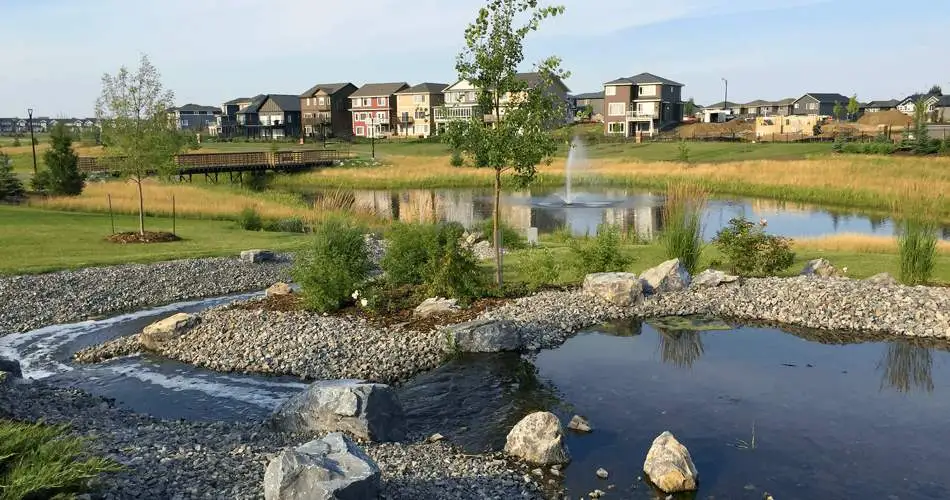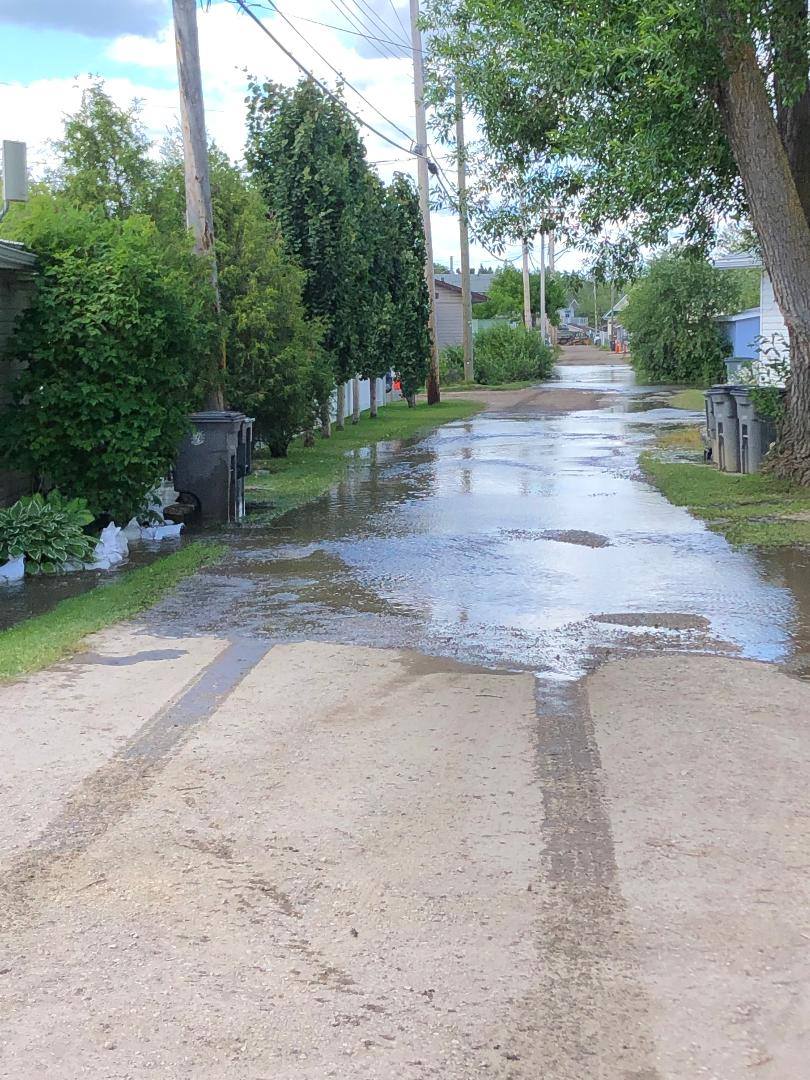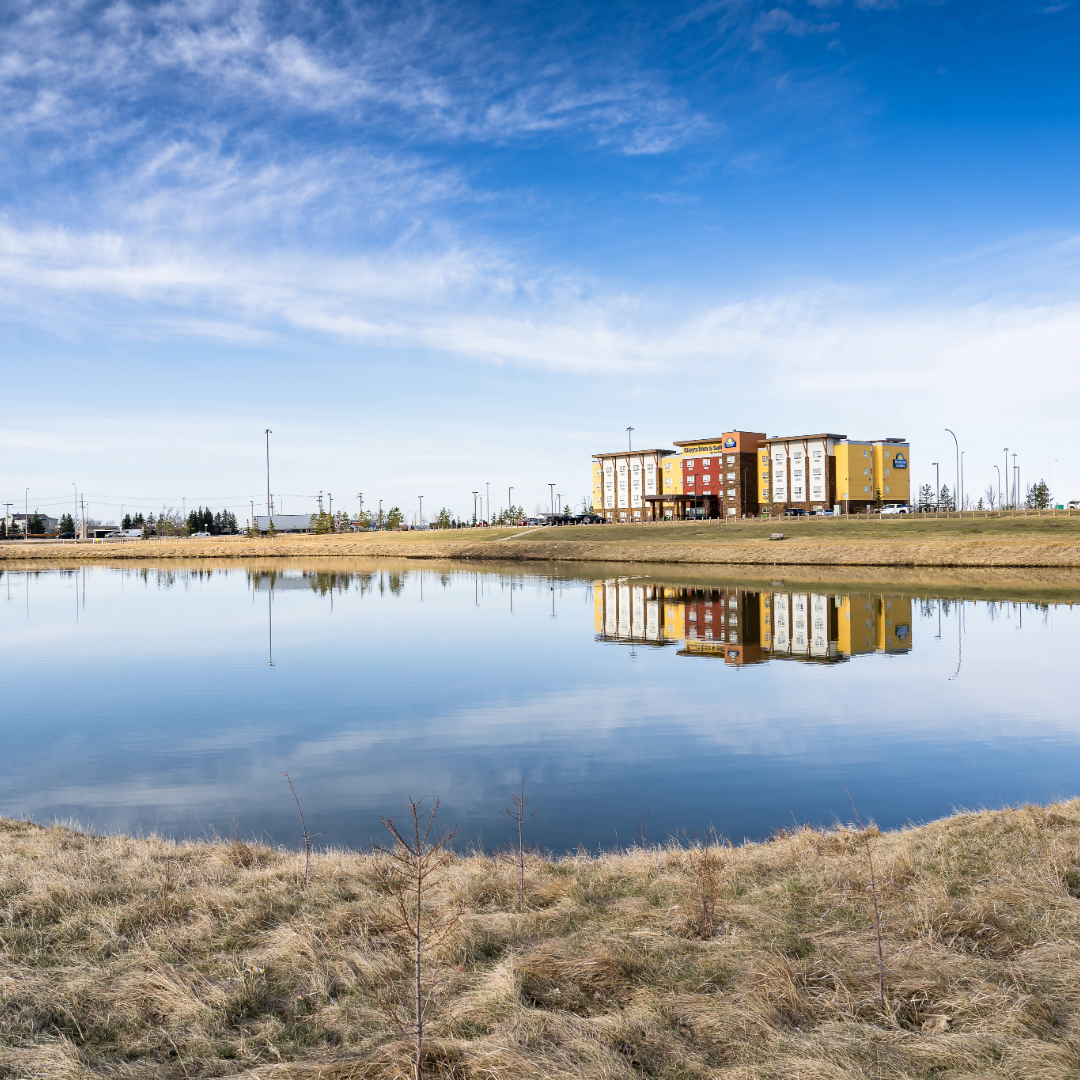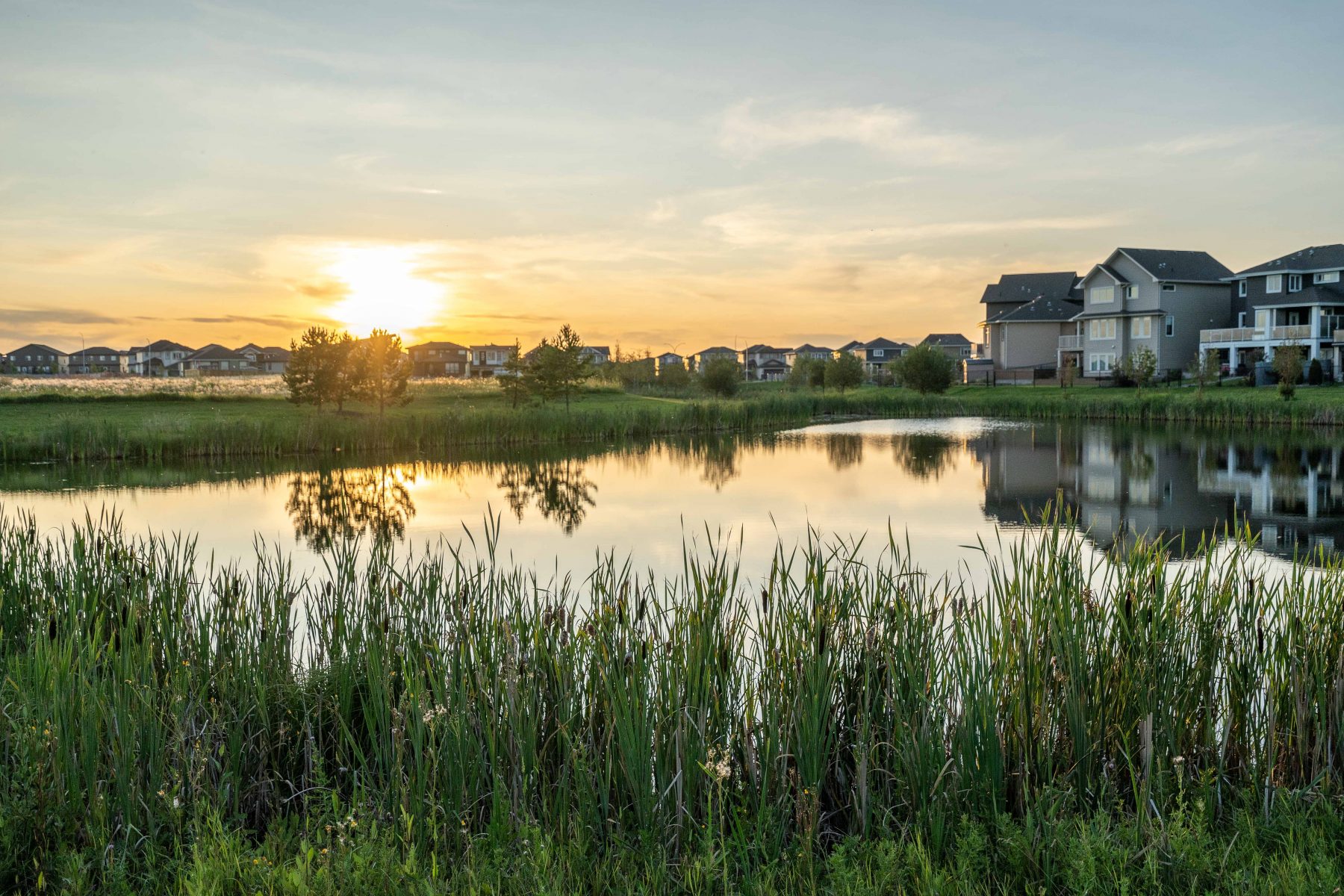Stormwater drainage is a critical component of infrastructure. It ensures that rainfall and surface runoff are managed and directed away from built-up areas to prevent flooding, erosion, and water pollution. For developers, understanding stormwater drainage systems is a fundamental aspect of site development, as it affects not only the sustainability of the project but also its legal and regulatory compliance. In this article, we will introduce stormwater drainage, its importance, and how it is integrated into site development.
Understanding Stormwater Drainage
Stormwater drainage is the process of planning, designing, and managing the runoff of stormwater to minimize its impact on the environment and human activities. It involves a combination of natural and man-made systems that work together to effectively collect, convey, and dispose of rainwater.
What is Stormwater?
Stormwater is water that originates from precipitation events, including rain, snow, sleet, or hail. When stormwater falls on natural landscapes like forests or meadows, it is largely absorbed into the soil, where it is filtered and eventually replenishes groundwater or flows into streams and rivers. However, on developed land with impervious surfaces such as roads, rooftops, and parking lots, the water cannot soak into the ground and becomes surface runoff.
Components of a Stormwater Drainage System
A stormwater drainage system is made up of several components that work together to manage runoff:
- Catch Basins and Storm Drains: Inlets that collect runoff from streets and other surfaces.
- Pipes and Conduits: Channels that transport water from the collection points to a discharge location.
- Detention and Retention Ponds: Structures designed to store excess stormwater temporarily and release it at a controlled rate or retain it for groundwater recharge.
- Biofilters and Swales: Landscaped features that use vegetation to slow, filter, and absorb runoff.
- Stormwater Drainage Easement: A legal agreement that allows for the installation and maintenance of stormwater infrastructure on private property.

Rosenthal storm pond and Community Greenspace located in Edmonton, Alberta
The Importance of Stormwater Drainage in Site Development
Stormwater drainage plays a vital role in site development for several reasons:
Flood Prevention
Effective stormwater management prevents flooding by quickly and efficiently removing excess water from impervious surfaces. This is crucial in protecting property, infrastructure, and human life.
Environmental Protection
Stormwater can pick up pollutants as it flows over surfaces. Proper drainage systems help to treat and remove these contaminants before the water is released back into the environment, thereby protecting local waterways and ecosystems.
Legal and Regulatory Compliance
Developers must adhere to local, state, and federal stormwater regulations designed to manage the quantity and quality of runoff from new and redeveloped sites. Non-compliance can result in fines, legal action, and project delays.
Enhanced Property Value
Properties with adequate stormwater management are less prone to water damage, making them more desirable and potentially increasing their market value.
Integrating Stormwater Drainage into Site Development
Stormwater drainage should be considered early in the site development process. Here are some key steps and considerations:
Site Assessment
Before designing a stormwater system, it's essential to conduct a thorough site assessment to understand the existing topography, soil type, vegetation, and natural drainage patterns. This will help in determining the most suitable stormwater management solutions.
Designing the Stormwater Drainage System
The design of the stormwater system will depend on the site's specific needs and may include a combination of traditional and innovative practices:
- Conventional Systems: Typically consist of gutters, downspouts, catch basins, and underground pipes.
- Green Infrastructure: Utilizes natural processes to manage stormwater, such as green roofs, rain gardens, and permeable pavements.

Flooding in the Summer Village of Val Quentin, Alberta
Obtaining Stormwater Drainage Easements
In some cases, stormwater infrastructure may need to be placed on adjacent private property. In such instances, a stormwater drainage easement must be obtained, which grants the developer the right to install and maintain the necessary systems.
Construction and Installation
Once the design is complete and all necessary permits and easements are secured, construction of the stormwater drainage system can begin. This phase requires careful planning and coordination to ensure that the system is installed correctly and functions as designed.

Stormwater Pond in Airdrie, Alberta
Maintenance and Monitoring
A well-designed stormwater system requires regular maintenance to remain effective. This includes cleaning catch basins, inspecting pipes, and maintaining green infrastructure elements. Ongoing monitoring is also essential to ensure that the system is performing as intended and to identify any necessary adjustments or repairs.
Challenges and Best Practices
Stormwater management is not without its challenges. Climate change is leading to more frequent and intense rain events, which can overwhelm existing systems. Urbanization continues to increase impervious surfaces, exacerbating runoff issues. To address these challenges, developers and civil engineers are turning to best practices in stormwater management:
- Low Impact Development (LID): An approach that mimics natural hydrology by managing rainwater at its source with decentralized micro-scale controls.
- Adaptive Design: Designing flexible systems that can be modified or expanded in response to changing conditions.
- Public Education: Engaging with the community to encourage behaviors that reduce stormwater pollution, such as proper disposal of waste and reduced use of fertilizers.
The Path Forward
Stormwater drainage is a critical aspect of site development that requires careful planning and execution. By integrating effective stormwater management practices, developers can protect against flooding, safeguard the environment, and ensure regulatory compliance. With the challenges posed by climate change and urbanization, it is more important than ever to adopt innovative and sustainable approaches to stormwater drainage. By doing so, we can create resilient infrastructures that serve our communities well into the future.
If you are looking for experienced civil engineering company to guide you through the development process in Edmonton and across Alberta, be sure to engage with Bolson Engineering and Environmental Services. We will be happy to consult with you as your trusted engineering partner.

